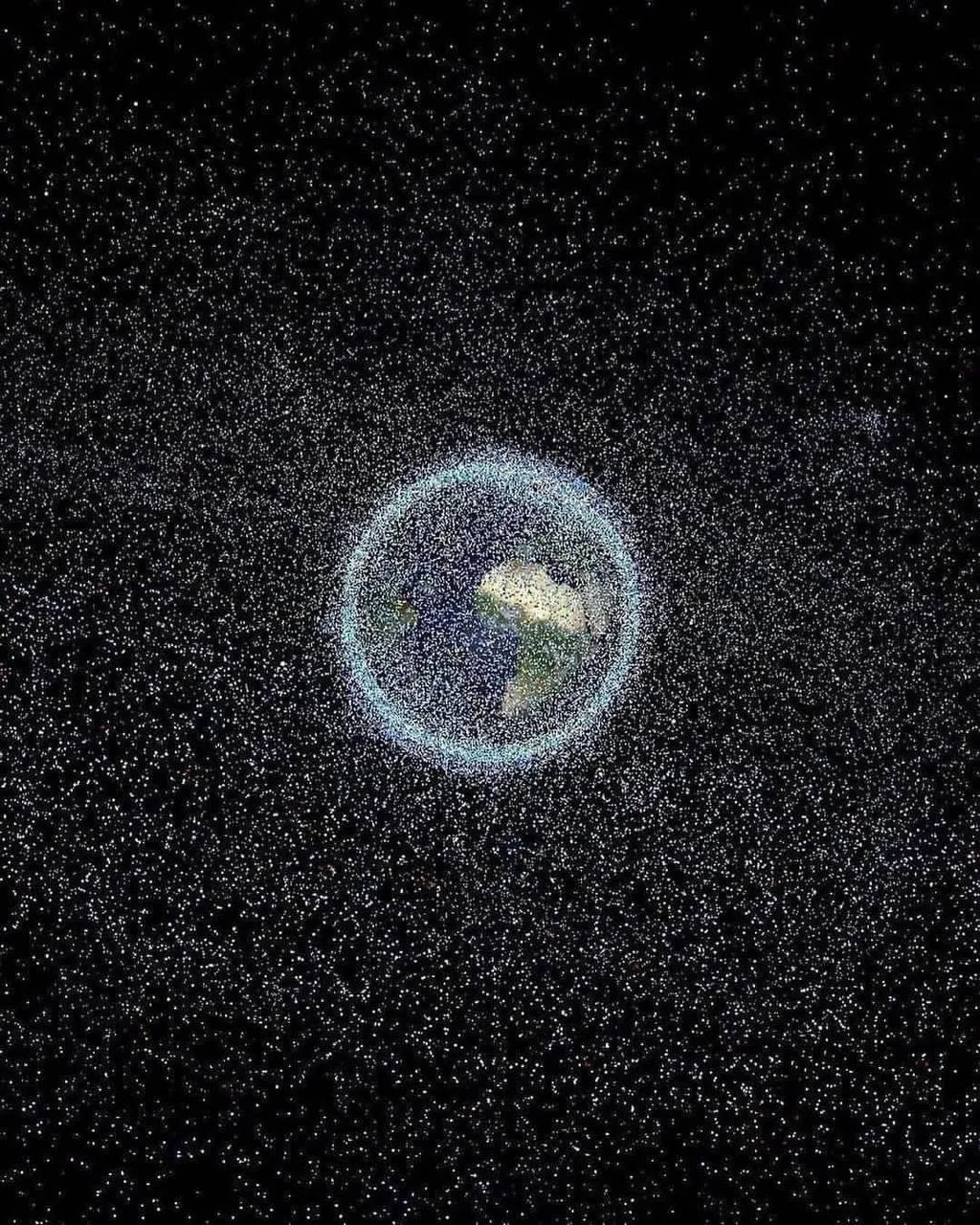The Satellite Delusion: Unpacking a Viral Image of Our Orbit
When Art Meets Reality: The Viral Image
A striking image has recently circulated online, depicting our planet Earth ringed by what appear to be impossibly large artificial satellites. The accompanying caption suggests this is what our orbit would look like "if all artificial satellites were dozens of times larger." Visually, it's undeniably dramatic – a terrifying vision of a choked orbital space, sparking numerous reactions, from fascination to genuine alarm.

While powerful as an artistic rendering, this image quickly raises questions for anyone familiar with the realities of space technology and orbital mechanics. Is this a realistic representation of a magnified future, or does it lean more towards what some have aptly termed "space gore" rather than scientific insight?
Decoding the Discrepancy: Scale and Scope
The core premise of the image – satellites being "dozens of times larger" – is where the visual departs significantly from reality. Experts and keen observers alike have pointed out the monumental exaggeration. To appear as depicted, with individual "dots" seemingly wider than 100 kilometers or even the size of a small country, the satellites would need to be enlarged not dozens, but thousands, if not tens of thousands of times their actual size.
Consider this: most artificial satellites are designed to be as compact and lightweight as possible. From CubeSats no larger than a shoebox to large communication satellites spanning bus-sized solar arrays, they are still minuscule when viewed against the vastness of space or compared to Earth itself. If you were to combine every single satellite ever launched into one massive blob, it would still likely be incredibly difficult, if not impossible, to discern with the naked eye from Earth, let alone appear as a dense ring of colossal objects in orbit. The image's portrayal is less an artistic exaggeration and more a complete reimagining of scale.
The True Nature of Our Orbital Neighborhood
Our Earth is indeed surrounded by a growing number of artificial objects – from active satellites providing vital services like communication and navigation, to defunct satellites and countless pieces of orbital debris, often referred to as "space junk." As of late 2023, there are tens of thousands of trackable objects in orbit, ranging from active satellites to discarded rocket stages and tiny fragments from collisions.
However, the immense distances in space mean that even with this increasing population, the density is still relatively low. From an observer's perspective on Earth, most satellites are visible only as tiny, fast-moving points of light, if at all. They are distributed across various orbital planes and altitudes, creating a complex, three-dimensional network, not a tightly packed, two-dimensional ring of enormous objects.
Beyond the Hype: Understanding Space Debris
The concern for space debris is very real and a critical challenge for space agencies worldwide. Collisions in orbit can create cascades of new, smaller debris, posing threats to operational satellites and future missions. Initiatives like active debris removal and responsible satellite design are crucial.
However, it's important to differentiate between genuine scientific concern and visual narratives that might unintentionally foster misinformation or "fear-mongering." Images like the one discussed, while visually compelling, can be easily misinterpreted, leading to an exaggerated perception of the immediate threat or the physical appearance of our orbital environment. The issue isn't about satellites becoming visible monstrous entities; it's about the increasing number of objects, their velocity, and the potential for high-speed impacts.
Conclusion: The Importance of Informed Perspective
While artistic representations can spark imagination and highlight important themes, it's crucial for scientific communication to ground these visuals in reality. The image of Earth with impossibly gigantic satellites serves as a powerful reminder of how easily scale can be misrepresented and how vital context is in understanding complex scientific topics.
Our orbital environment is a precious resource, filled with the wonders of human ingenuity and critical infrastructure. Understanding its true nature, challenges, and immense scale requires a nuanced perspective, one that appreciates both the artistic vision and the precise, fascinating realities of space.




